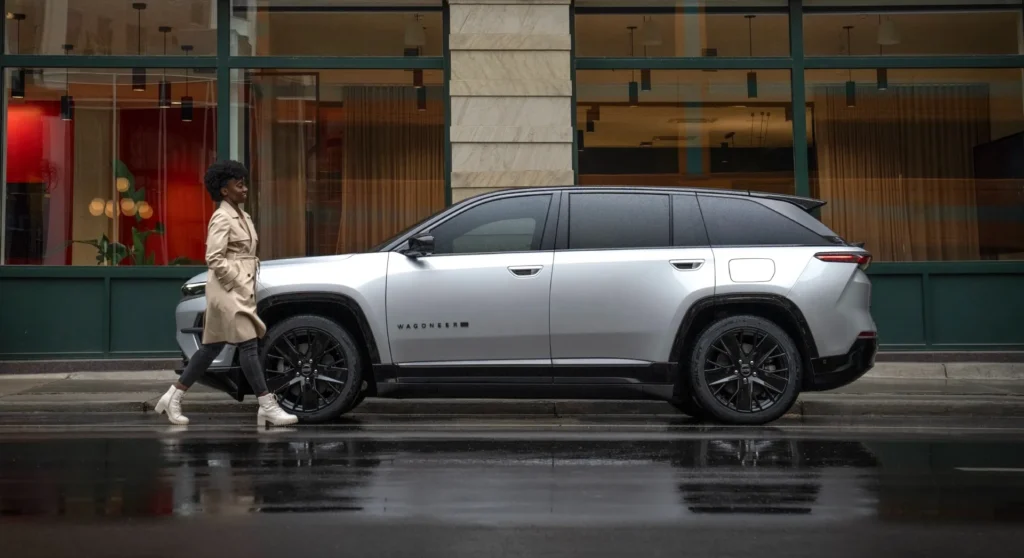Towing an electric vehicle with its wheels in contact with the road, also known as flat towing, presents unique challenges compared to towing internal combustion vehicles. However, automakers are actively developing solutions to address this issue.
When internal combustion vehicles are flat towed, their transmissions are placed in neutral or prop shafts are disengaged to allow the wheels to rotate freely without causing damage to mechanical components. On the other hand, decoupling electric motors from the driven wheels in EVs is not as straightforward.

Stellantis EV flat towing patent image
In a recent patent filing by Stellantis published by the United States Patent and Trademark Office, the company proposes a solution for flat towing EVs equipped with permanent-magnet synchronous motors. By utilizing a high-voltage bus to induce field weakening, the torque of the motors can be reduced, allowing them to spin freely while being isolated from the battery pack.
Rivian, in a previous patent filing, discussed using software to disconnect the motor or motors powering the rear axle while still applying torque to the front wheels to prevent the vehicle from rolling out of sync during towing.

Rivian free-wheel towing patent image
In another patent application, Ford suggests the idea of selectively charging EVs while being towed. This innovation could potentially enable EVs to assist in boosting the tow vehicle uphill, similar to technologies implemented by startups Pebble and Lightship in travel trailers.
Although flat towing may not be a top concern for all EV buyers, it is a popular option among RV owners and can facilitate the recovery of stranded EVs, reducing the reliance on flatbed trucks. The patented solutions developed by automakers could offer significant benefits if implemented in production vehicles.

